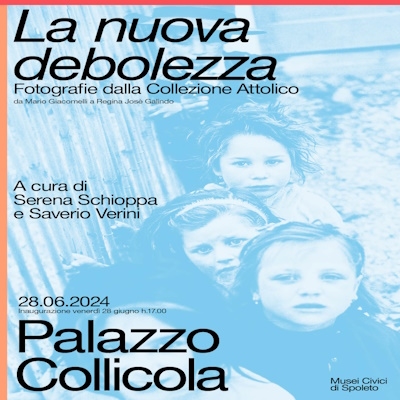HISTORY
The Valtopina area was inhabited in Roman times, and is mentioned in historical reports from the 10th century, when a community of refugees from Puglia settled there. In 1282 it submitted to Assisi, and in 1383 Pope Urban VI assigned it to the seigniory of the Trinci family of Foligno, to which it remained subject until the fall of the Trinci in 1439. After passing under the direct control of the Church, Valtopina was invaded by French troops, and in 1849 it became part of the Roman Republic. In 1860 it entered the Kingdom of Italy, and after being under the control of the Commune of Foligno from 1927 to 1947, it became an autonomous commune once again in 1948.
ART, CULTURE, ENVIRONMENT
The area is characterized by traces of Romans and by the many old fortresses and castles built in the 10th-12th centuries. There are a number of interesting works built in the course of constructing the ancient Flaminian Way, such as the Roman bridge at Pieve Fanonica and the Ponte Rio construction (retaining wall).
The ruins of some important castles can still be seen, such as the Castello di Poggio, the administrative seat from the Middle Ages to 1867, of which the Tower, defense walls and castle church remain, or Gallano Castle, while the Castles of Pasano and Serra are important examples of urban architecture.
Other sights include the Town Hall, an early 20th-century noble residence, and the Medieval Church of Santa Cristina, which still has some of the frescoes with which it was once covered inside (one of these, dating from the 15th cent., is now at the Bishop's Museum in Foligno). The excavations done by the Archeological Department near Casa Orlando in 1994 brought to light the remains of a rustic Roman Villa from the 1st century BC: an area for making wine was identified at the site, with a large tub for pressing grapes and a smaller receptacle for collecting the must.
ARTE, CULTURA, AMBIENTE
Da vedere il palazzo Comunale, ottocentesca residenza signorile che ospita dal 2007 il Museo del Ricamo e del Tessile di Valtopina, e la chiesa medievale di Santa Cristina, in cui si possono ancora vedere alcuni degli affreschi che un tempo la decoravano internamente (uno di essi, risalente al XV secolo, è conservato presso il museo vescovile di Foligno).
Il territorio è caratterizzato dalle testimonianze del passaggio dei Romani e dalla presenza dei castelli edificati tra il X e il XII secolo. L’Universitas Vallis Topini et Villae Balciani, le cui dimensioni territoriali erano il doppio rispetto alla attuale estensione comunale, era costituita dai terzieri di Poggio, Santa Cristina, Gallano , Pasano, Serra e Balciano. Il Castello di Poggio (XI secolo) è stato sede amministrativa dal Medioevo al 1867, ancora oggi in cui si possono osservare la Torre, le mura e la chiesa castellana.
Interessanti le opere relative alla viabilità per la realizzazione della Via Flaminia: poco prima di raggiungere Valtopina, in località Ponte di Ferro, la via si portava di nuovo sulla riva destra del Topino tramite un ponte a più arcate di cui restano le fondazioni di due piloni. Resti di una Villa rustica romana risalente al (I a.C.-II d.C) è visibile lungo la strada che conduce a Santa Cristina, sulle colline che dominano la sponda sinistra del Topino tra Casa Nova e Casa Balconi.
I





























